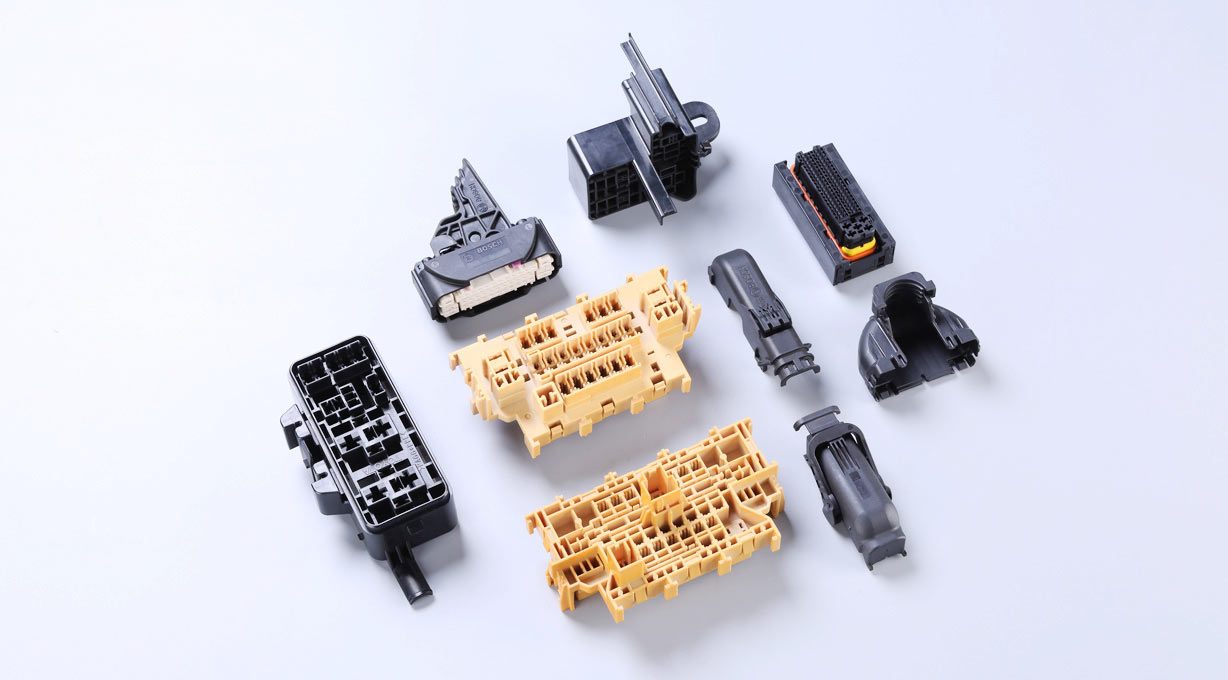How to Obtain a Reasonable Quotation for Automotive Parts Injection Molding Processing
This guide provides a comprehensive understanding of how to obtain a reasonable quotation for automotive parts injection molding processing, covering part characteristics, cost components, quotation acquisition, and evaluation methods.
Obtaining a reasonable quotation for automotive parts injection molding processing is crucial, involving intricate cost calculations and market considerations that directly impact a company's profitability and project success. This guide offers a detailed overview, encompassing part characteristics, cost components, quotation acquisition, and evaluation.

I. Part Characteristics and Cost Drivers
Classification of Automotive Parts
- By Function: Structural parts like frame components require high-strength materials, while transmission parts need precision and wear resistance. Sealing parts focus on sealing performance, and exterior parts emphasize aesthetics and quality feel.
- By Material: Automotive parts include metal and plastic components. Plastic parts are further divided into general-purpose plastics (e.g., PP, PE) and engineering plastics (e.g., PA, POM), with the latter being more costly but offering superior performance.
- By Complexity: Simple parts, such as small clips, contrast with complex parts near the engine cylinder block or interior intricate designs.
Cost Drivers of Various Parts
- High-Precision Engine Parts: Costs hinge on mold precision and materials, demanding high-precision molds and special materials resistant to high temperatures and stresses.
- Exterior Parts: Costs are influenced by surface treatment and materials, necessitating processes like grinding, polishing, painting, or electroplating, along with high-quality materials.
- Other Types of Parts: Transmission parts' costs relate to precision and wear resistance, while sealing parts require good sealing and chemical corrosion resistance, increasing costs due to specialized materials.
II. Cost Component Analysis
- Raw Material Cost: Includes general-purpose and engineering plastics, with prices fluctuating due to crude oil prices, supply and demand, production capacity, and new material emergence.
- Mold Cost: Influenced by design, manufacturing process (e.g., CNC, EDM), material (e.g., H13, P20 steel), and life, with wear and maintenance costs affecting individual part costs.
- Processing Cost: Factors include injection molding machine selection, equipment depreciation, energy consumption, labor cost, and production efficiency.
- Post-Processing Cost: Processes such as grinding, polishing, painting, electroplating, and assembly vary in cost calculation based on precision, working hours, and materials.
III. Quotation Acquisition and Evaluation
Supplier Selection
- Check for certifications like ISO 9001 and IATF 16949 for quality assurance.
- Evaluate production capacity based on injection molding machine tonnage range and mold manufacturing workshop scale.
- Review past automotive parts project cases and cooperation with reputable brands.
- Assess the supplier's ability to innovate in injection molding processes and mold designs.
Methods to Obtain Quotations
- Provide detailed 3D/2D drawings, material specifications, surface treatment requirements, quantity forecasts, quality acceptance standards, and packaging and transportation requirements.
- Conduct preliminary inquiries followed by communication to adjust and ensure quotation reasonableness and accuracy.
Quotation Evaluation
- Analyze key points like cost details, quality assurance clauses, and delivery dates.
- Identify potential issues with low quotations (poor quality or unreasonable cost allocation) and understand high quotation reasons.
- Compare quotations from different suppliers and choose the one with the best cost-performance ratio.
IV. Conclusion
Obtaining a reasonable quotation for automotive parts injection molding processing requires comprehensive consideration. Choose suppliers based on qualifications, production capacity, industry experience, and innovation ability. Prepare detailed documents, conduct multi-round inquiries, and thoroughly evaluate quotations to make the best selection.